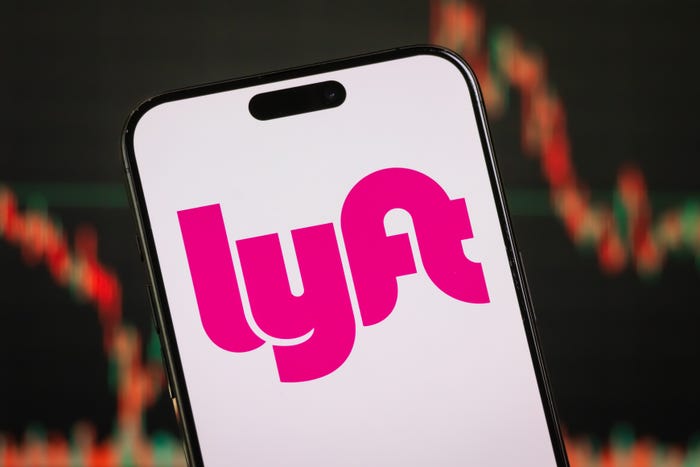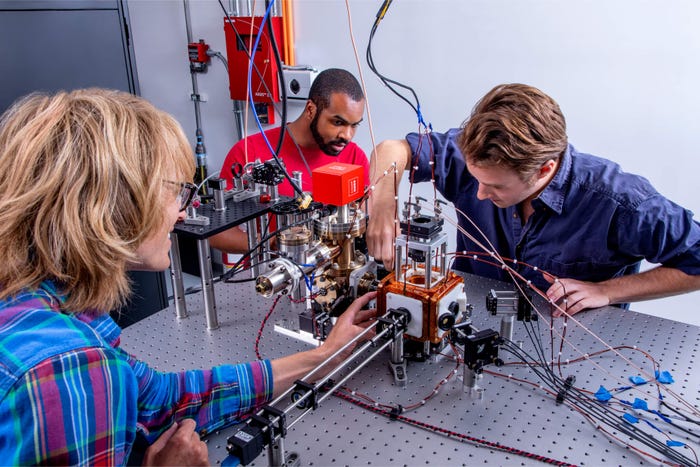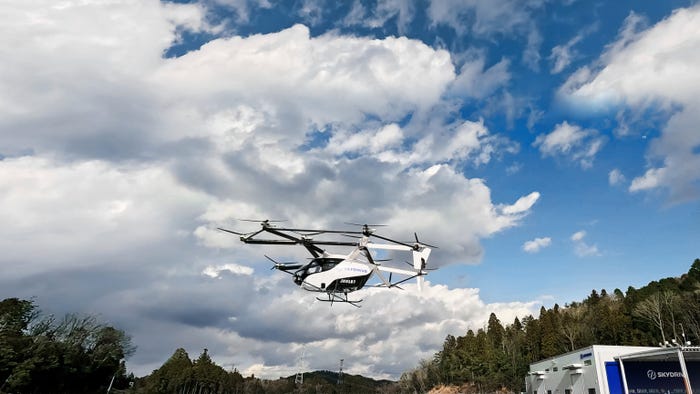Waymo Data Says Its Self-driving Taxis Are Safer Than Human DriversWaymo Data Says Its Self-driving Taxis Are Safer Than Human Drivers
The company analyzed more than 7.14 million miles of fully driverless journeys made by its cabs before revealing its findings
.jpg?width=1280&auto=webp&quality=95&format=jpg&disable=upscale)
Self-driving taxi company Waymo has published data that it says shows how much safer its vehicles are than human-driven ones.
The company analyzed more than 7.14 million miles of fully driverless journeys made by its cabs in San Francisco, Phoenix and Los Angeles before revealing its findings.
And it claims the analysis shows that there was an 85% reduction of crash injuries – or a 6.8 times lower crash rate – for AVs fitted with the Waymo Driver tech. There were only three incidents in which a Waymo vehicle was involved and there was a minor injury.
It also demonstrated that there was a 57% reduction (or 2.3 times lower) rate of crashes reported to the police.
As a Waymo blog post pointed out: “This means that over the 7.1 million miles Waymo drove, there were an estimated 17 fewer injuries and 20 fewer police-reported crashes compared to if human drivers with the benchmark crash rate would have driven the same distance in the areas we operate.”
The publication of the research comes at a difficult time for the AV industry – and self-driving taxis in particular – after a string of negative headlines surrounding Waymo’s key rival, Cruise.
The General Motors subsidiary has suspended all operations and faces a fine of $1.5 million after suggestions it withheld evidence in the aftermath of an incident in October in which a pedestrian was seriously injured.
The crisis has done little to instill confidence in AV tech among the general public.
But Waymo’s work has been praised by the Insurance Institute for Highway Safety (IIHS) as a positive step in highlighting the benefits.
“These reports represent a good-faith effort by Waymo to evaluate how the safety of its autonomous driving system compares with the safety of human driving,”said IIHS chief research officer David Zuby.
“The results are encouraging and represent one step in our evolving understanding of autonomous driving safety.”
One of the difficulties in analyzing AVs is that there is no single metric that can demonstrate their safety. Similarly, assessing the data for human-driven vehicles comes with caveats too – crashes are often under-reported, for example. Also, human crash data includes freeways, where Waymo cannot operate without a safety monitor.
Waymo says that adjustments in its analysis were made to take these factors into account, and also explains that all the data used in the research is publicly available, due to AV companies having to self-report crashes to the National Highway Traffic Safety Administration.
This will allow third parties to conduct their own research.
The company has also taken the opportunity to reiterate that it fully understands the need for good behavior on the roads, and the importance that its AVs do not cause “unnecessary traffic or confusion” – something that Cruise, in particular, had been criticized for in San Francisco.
It is also calling for international standardization of AV crash data.
Like what you've read? For more stories like this on self-driving cars and other emerging technologies, sign up for our free daily email newsletter to stay updated!
About the Author
You May Also Like








